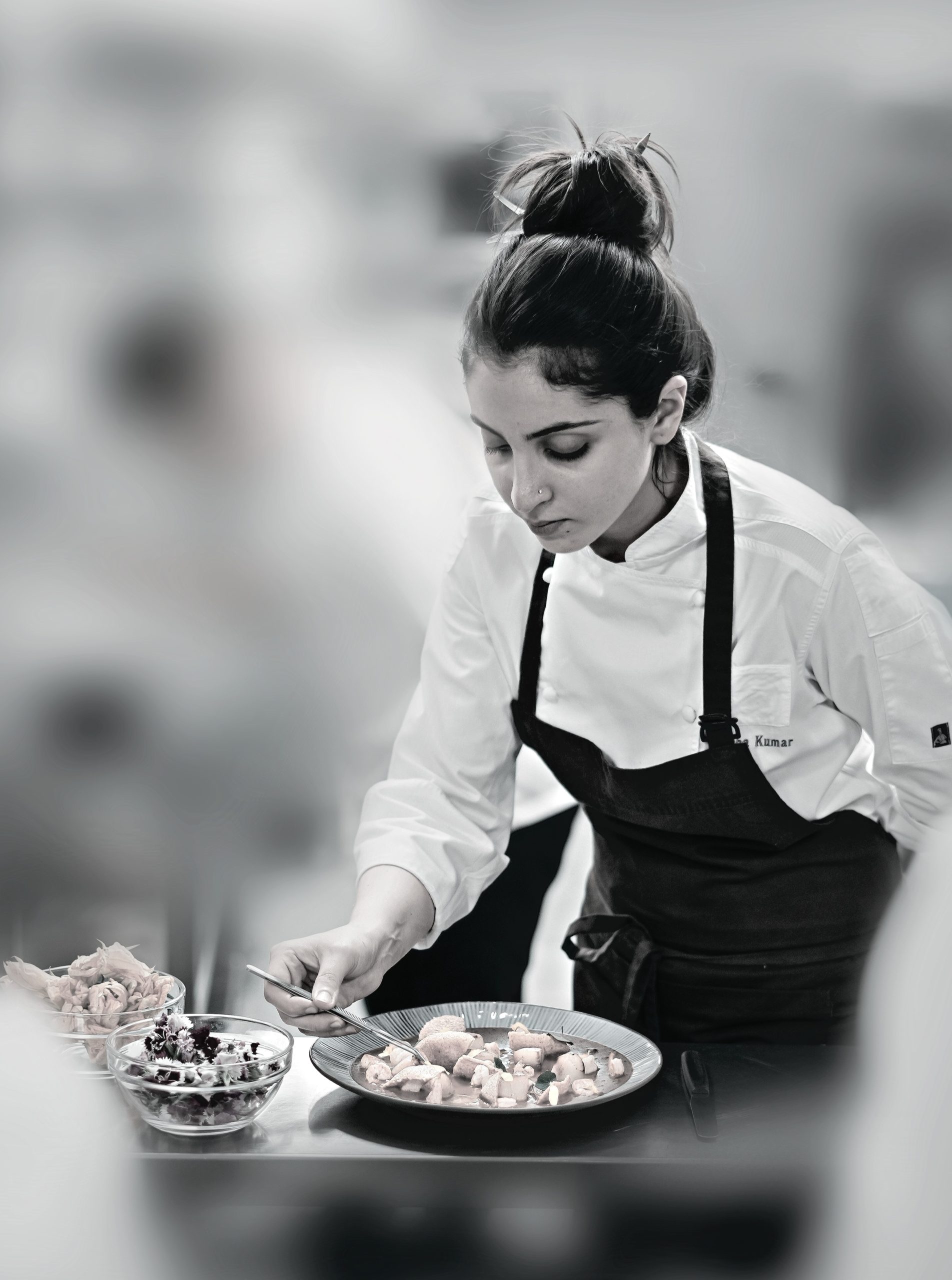(September 30, 2022) When she first came to the United States of America as a young bride in 1974, she hardly understood a word of English. Having grown up in rural Uttar Pradesh, India, Renu Khator was scared to speak to anyone in those early days in Indianapolis. While she was nervous and anxious about her life in the US, the young girl was determined to finish her higher education. Her husband supported her dreams, and today, Dr. Renu Khator is the first foreign-born Chancellor and President of the University of Houston (UH). A Doctor of Philosophy in political science and public administration, the academician is credited with steering the University towards a prestigious position. In just three years, moved from the 125th rank to the 87th public university in the country under Dr Khator’s leadership.
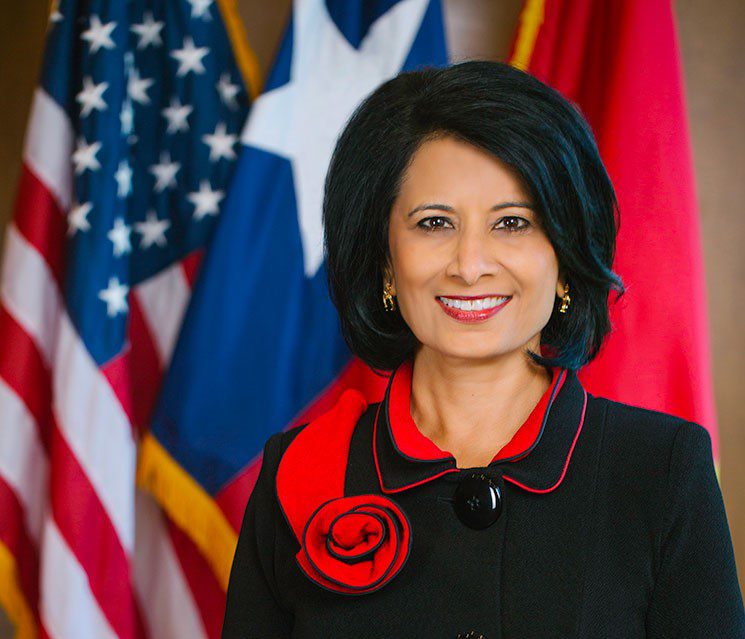
Dr Renu Khator
Recently, Dr Khator was inducted into the Texas Women’s Hall of Fame. She is also the recipient of the Excellence in Leadership Awards from the U.S. Hispanic Chamber of Commerce and won the President’s Award from the National Association of Student Affairs Administrators. In 2014, (former) President of India, Pranab Mukherjee, honoured her with the Pravasi Bharatiya Samman, the highest honour given to overseas Indians.
Rising above the storm
Born in a small village in Uttar Pradesh, Dr. Khator was a meticulous student even as a child, although the limited opportunities in Farrukhabad didn’t give her ambitions much scope. Like many other girls living in rural India, Dr Khator was married off at the young age of 17, and that is when her journey took a turn. “When I graduated with my bachelor’s degree, I was 17-years-old and that’s the time we had a little bit of a family rift over where I could go to college to do my masters,” said the 61-year-old academician, during an interview with abc13.com.

Dr Khator with PM Modi
About a year after her graduation, Dr Khator agreed to an arranged marriage to Suresh, who was pursuing his master’s at Purdue University in Indiana. During her initial days, the academician would lock herself at home because she was scared of speaking to anybody there. There, she taught herself English by watching “I Love Lucy” reruns over and over. “After a few months, I told my husband that I wanted to pursue a master’s in political science. I had thought that there would be some resistance, but he supported me from the get-go. Now I look back and think that there were so many moments I could have quit, but I didn’t and thanks to my husband who actually made my dream his dream and our dream, worked equally hard, taking second jobs, third jobs, reading my drafts and commenting on them,” she said during the interview.
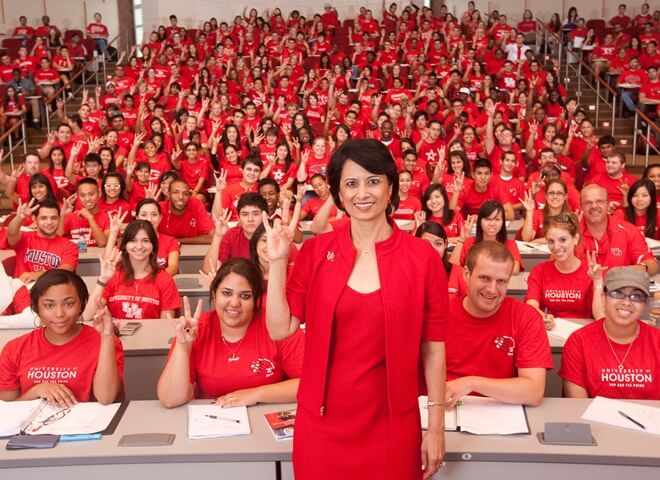
After receiving her master’s in 1975, the Global Indian went on to pursue a Doctor of Philosophy in political science and public administration and earned her Ph.D. in 1985. The same year, she joined the University of South Florida and held various positions at the institution until she resigned in 2008 as the provost and senior vice president of the university.
A glorious academic career
One sunny afternoon, Dr. Khator was finishing her notes before her next class when she got a call from an unknown number. Her first reaction was to ignore it, but when the caller rang again, she answered. “The call was from the University of Houston, and my first reaction when they offered me the job as President and Chancellor of the university was “No.” I didn’t even know that a ‘University of Houston’ existed. But when they called me a third and fourth time to look at the offer once, I told them that I will consider it,” she recalled during the interview.
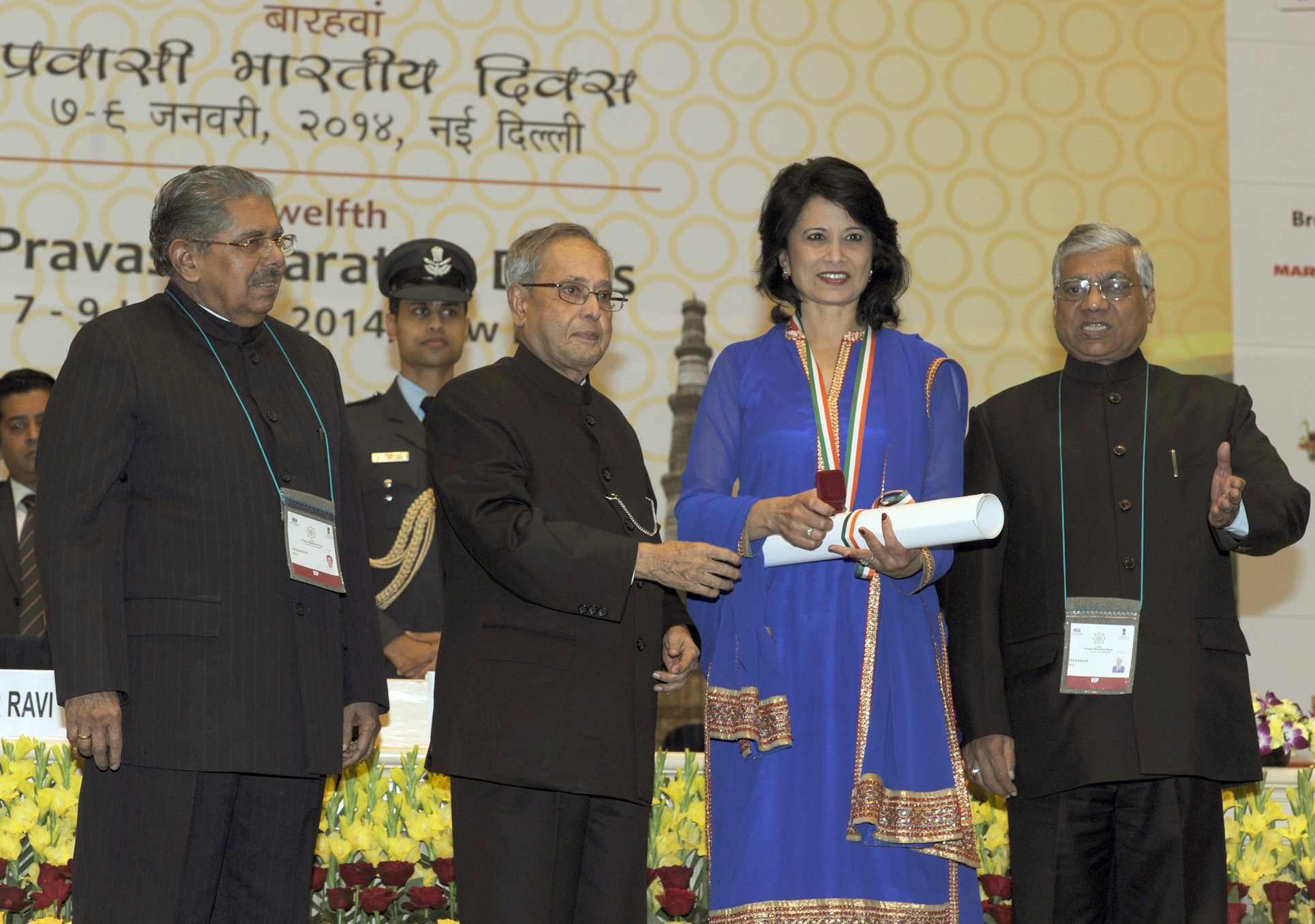
Dr Khator being confered with Pravasi Bharatiya Samman by Indian President, Dr Pranab Mukerjee
Four months of formalities and clearance later, Dr. Renu Khator became the first foreign-born Chancellor and President of the University of Houston (UH) and the third person to hold the dual office. Her husband was happy to follow her and assumed the role of Associate Dean of the university’s engineering programme. While she was pleased to begin a new journey, UH was just starting up with only 100 freshmen students, of which only forty were looking to graduate from the university with a four-year degree. After reviewing the situation thoroughly, the academician promised the institution’s board that she will be able to build a world-class University in six to seven years. “But do you know how much time it took for me to make UH a tier-one university? Three!” proclaimed the academician proudly during the interview.
With Dr. Khator as its chancellor, UH underwent an era of extensive construction, resulting in a 40,000-seat TDECU stadium, a huge student residence hall, and an $80-million expansion of the student centre. She also introduced a new petroleum engineering programme and medical school. “Our next goal is to be a Top 50 public university in the country. We are 87th right now, but we used to be 125th when I came, so we have made a lot of moves,” she shared during an interaction with the TEACH organisation.
For her immense contribution to the world of education, Dr. Khator was conferred with the President of the Year Award from the Association of College Unions International. Her growing reputation as a leader led her to be named to the American Academy of Arts and Sciences (2020), Chair of the American Council on Education (2015-2016), and member of the Council of Presidents of the Association of Governing Boards of Colleges and Universities (2016 to present).
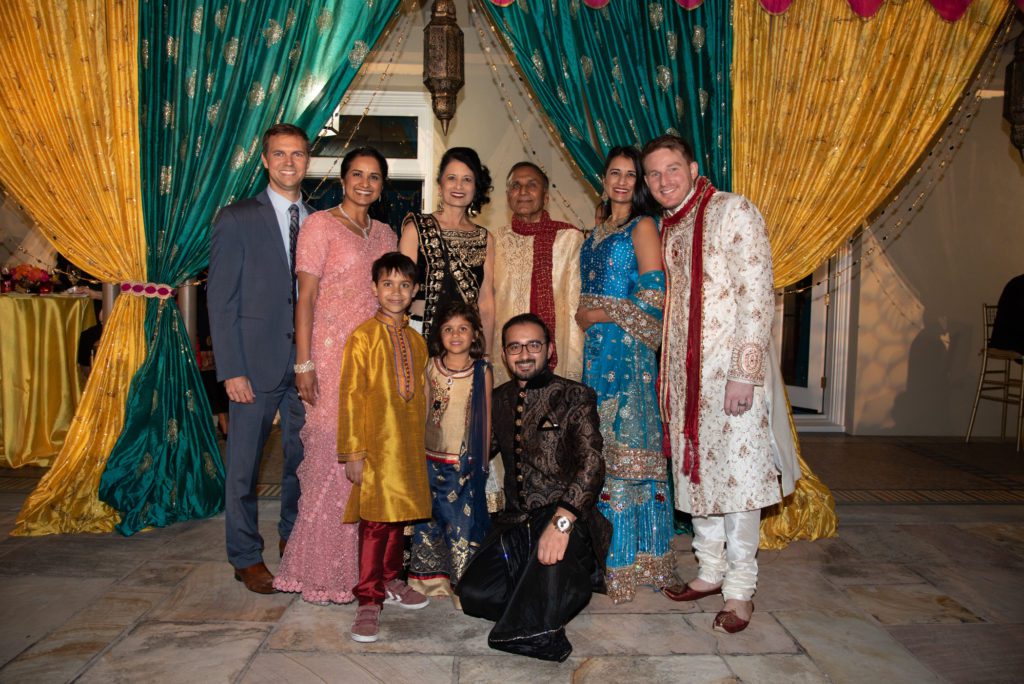
Dr Renu and Suresh Khator with their family
The mother of two and grandmother of three is a feminist champion and has been a very vocal supporter of women’s education across the globe. “I know I have a responsibility to help at least ten women succeed and that’s the challenge I keep offering to my students as well,” she told abc13.com, adding, “If you’re good, in the honors college, you have the responsibility to help ten other people who are not as fortunate to really pull them up. There are a lot of people who pulled me up. I mean, look where I came from.”

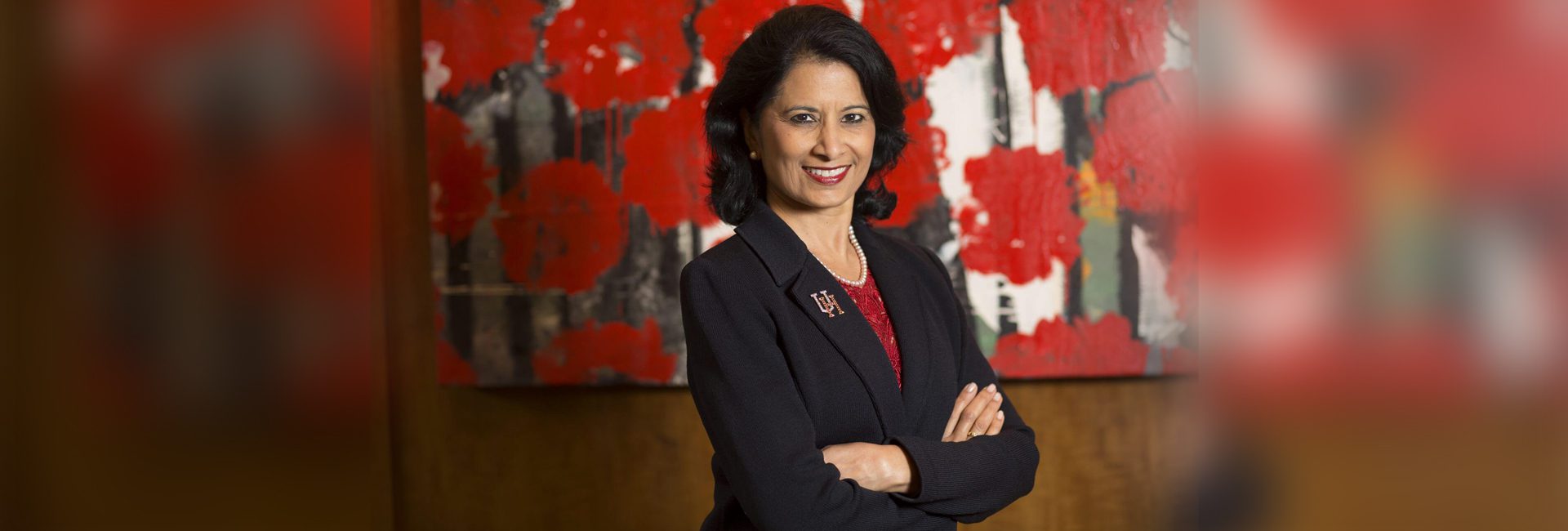

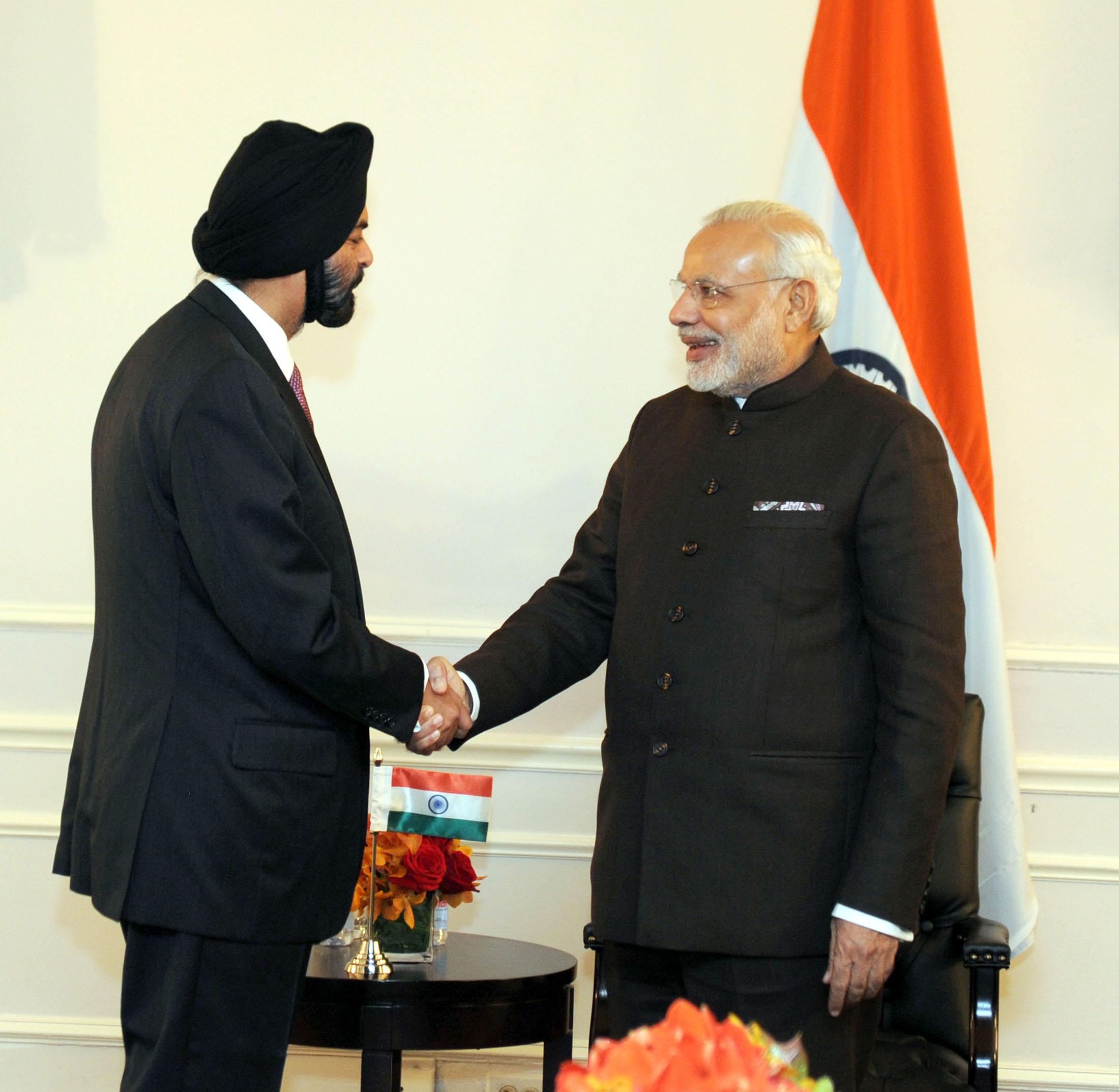 Prime Minister, Narendra Modi met Ajay Banga, in New York[/caption]
Prime Minister, Narendra Modi met Ajay Banga, in New York[/caption]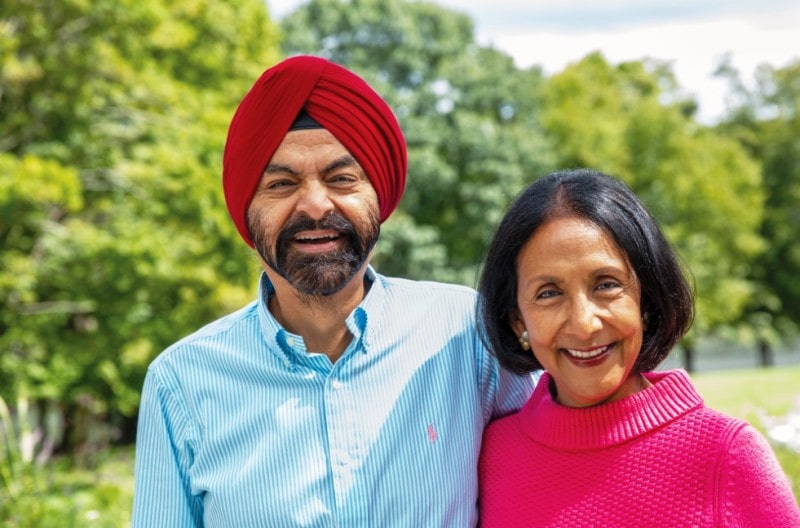 Mr. Banga with his wife, Ritu[/caption]
Mr. Banga with his wife, Ritu[/caption]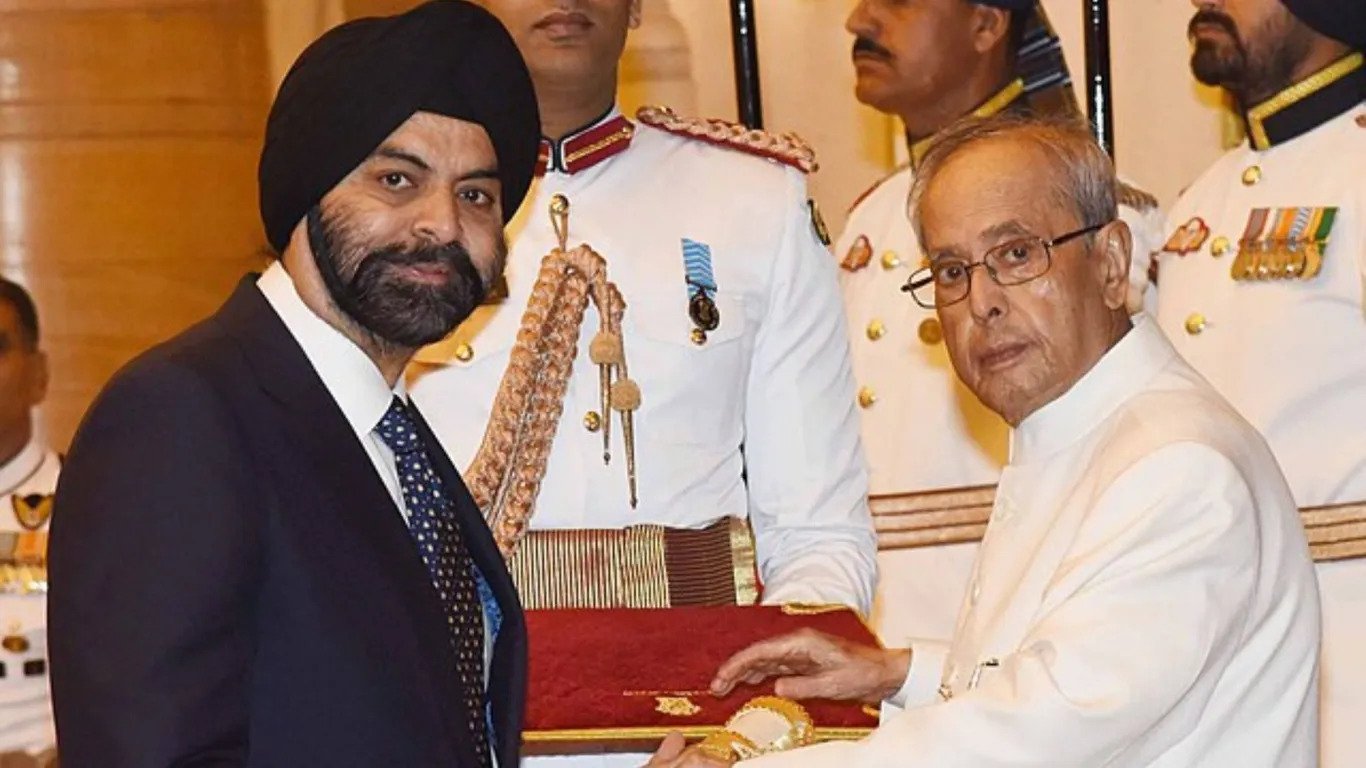 Mr. Banga receiving Padma Shri by former President of India, Dr. Pranab Mukherjee[/caption]
Mr. Banga receiving Padma Shri by former President of India, Dr. Pranab Mukherjee[/caption]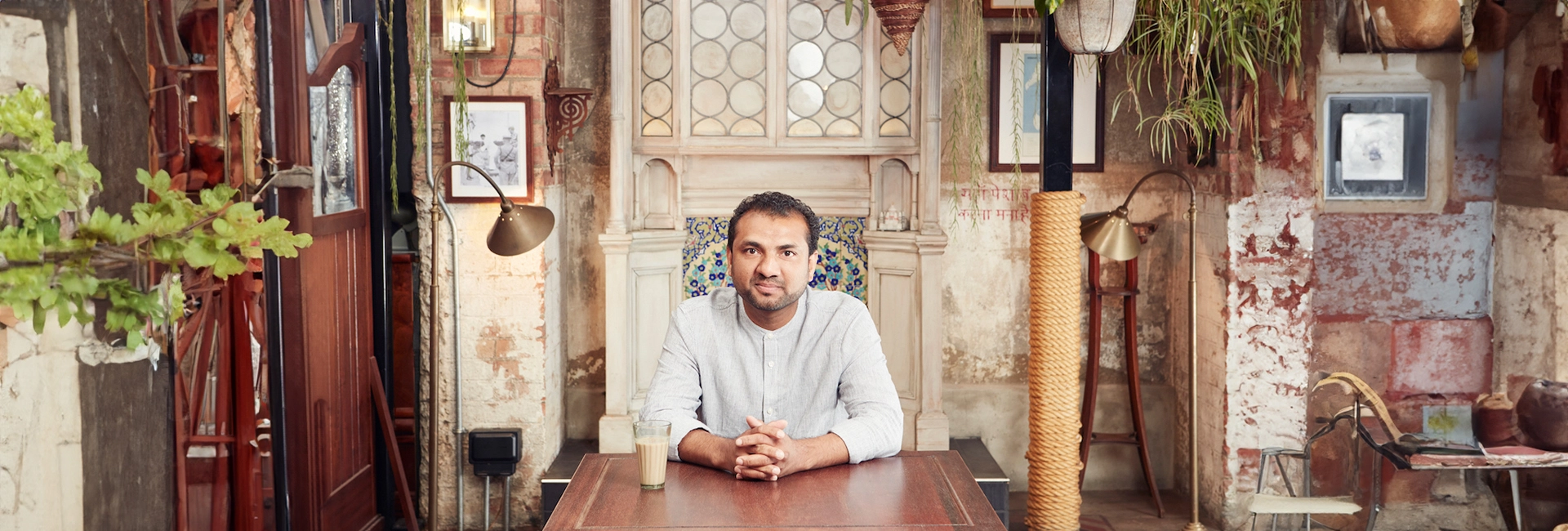
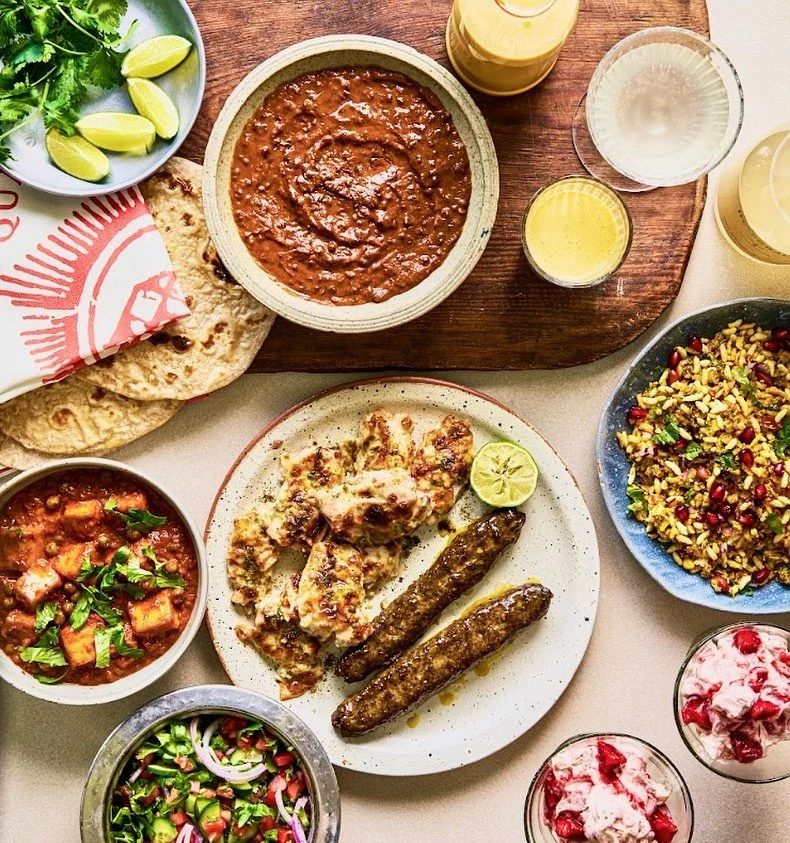
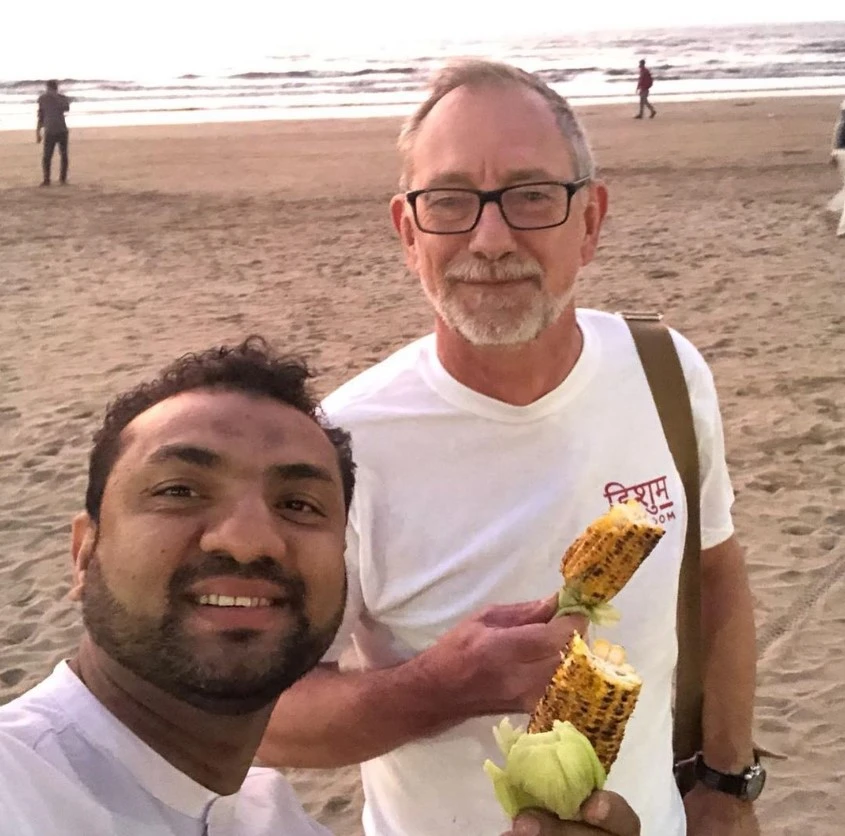 Chef Naved with Mike, the head of the build team of Dishoom Restaurants at a Mumbai beach[/caption]
Chef Naved with Mike, the head of the build team of Dishoom Restaurants at a Mumbai beach[/caption]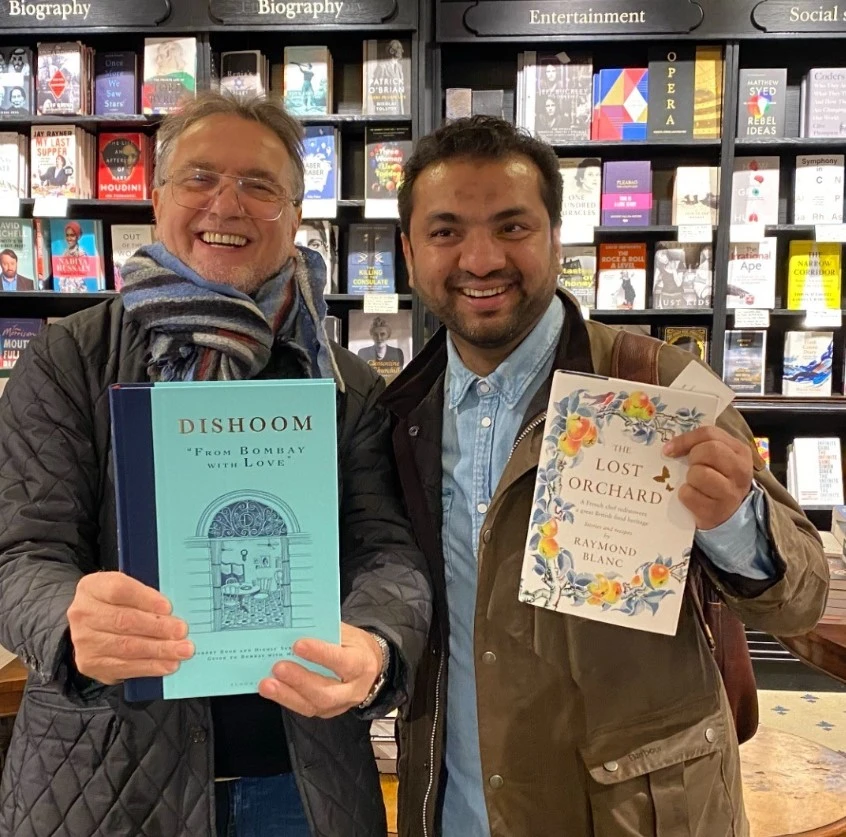 Chef Naved Nasir and Chef Raymond Blanc while signing each other's cookbooks[/caption]
Chef Naved Nasir and Chef Raymond Blanc while signing each other's cookbooks[/caption]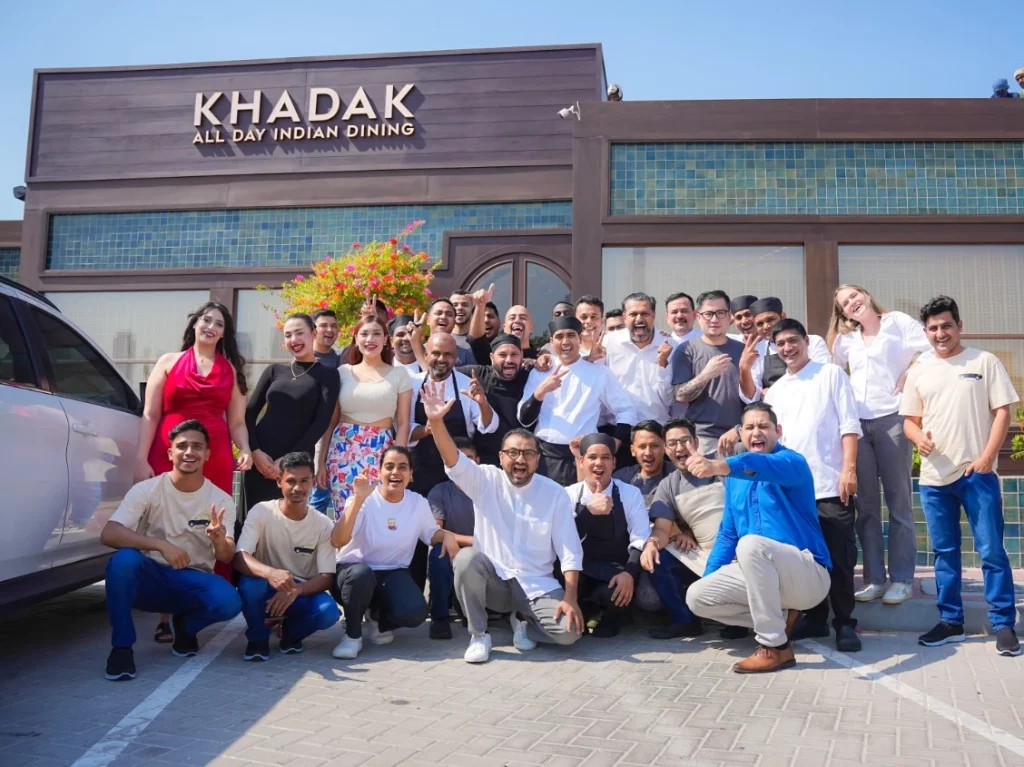 Naved with his team[/caption]
Naved with his team[/caption]
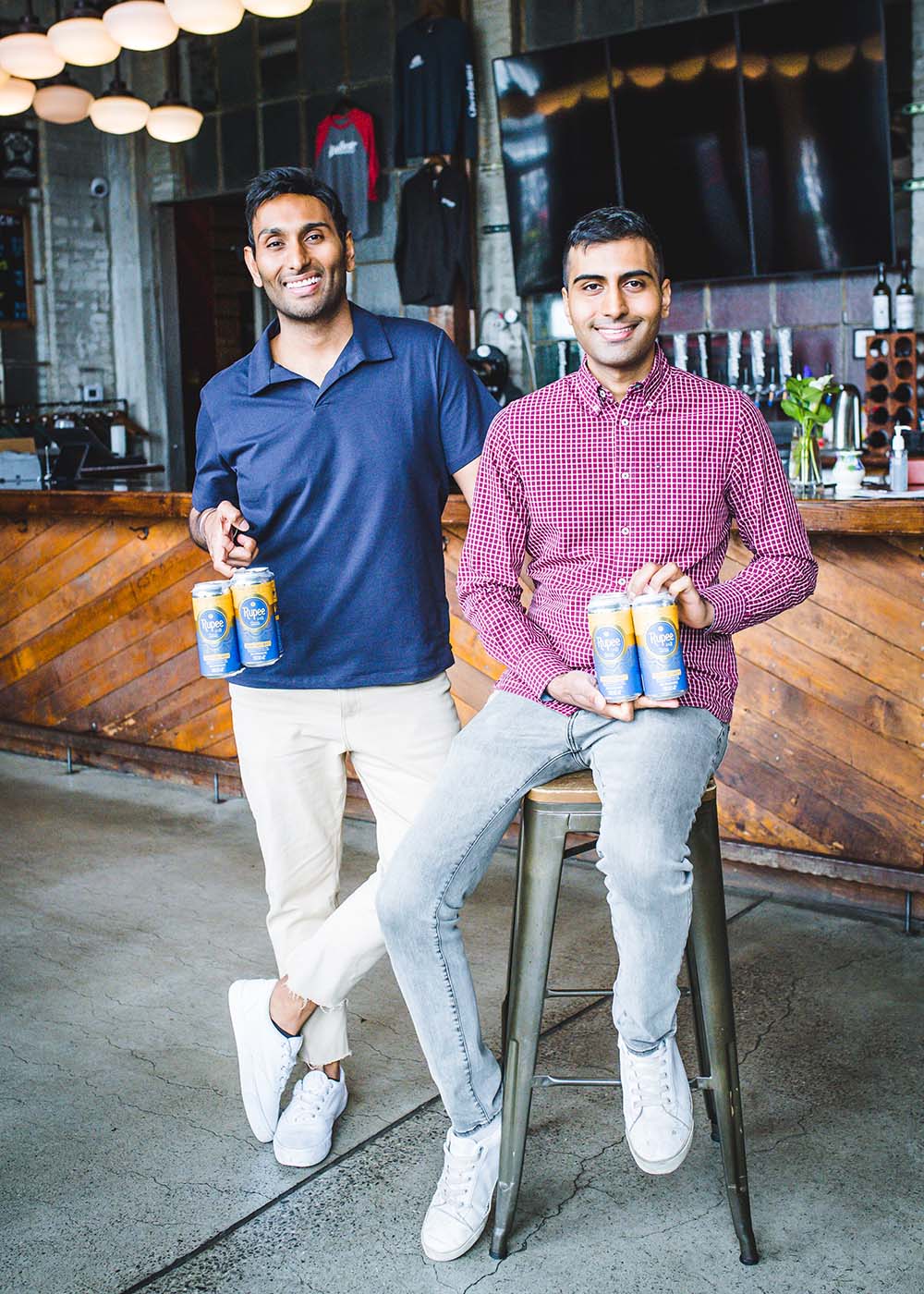 Van and Sumit Sharma[/caption]
Van and Sumit Sharma[/caption]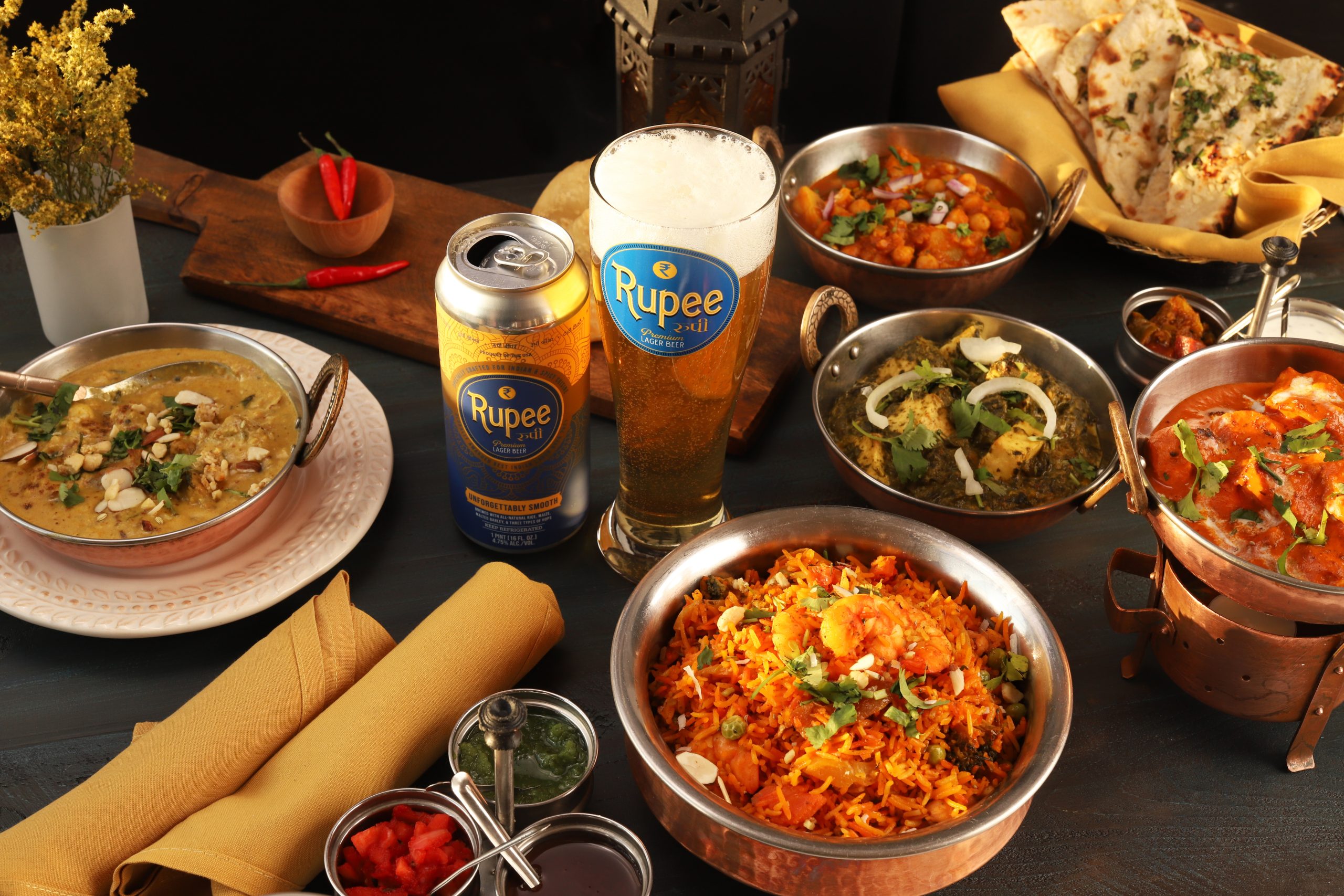 Rupee Beer pairs well with Indian cuisine[/caption]
Rupee Beer pairs well with Indian cuisine[/caption]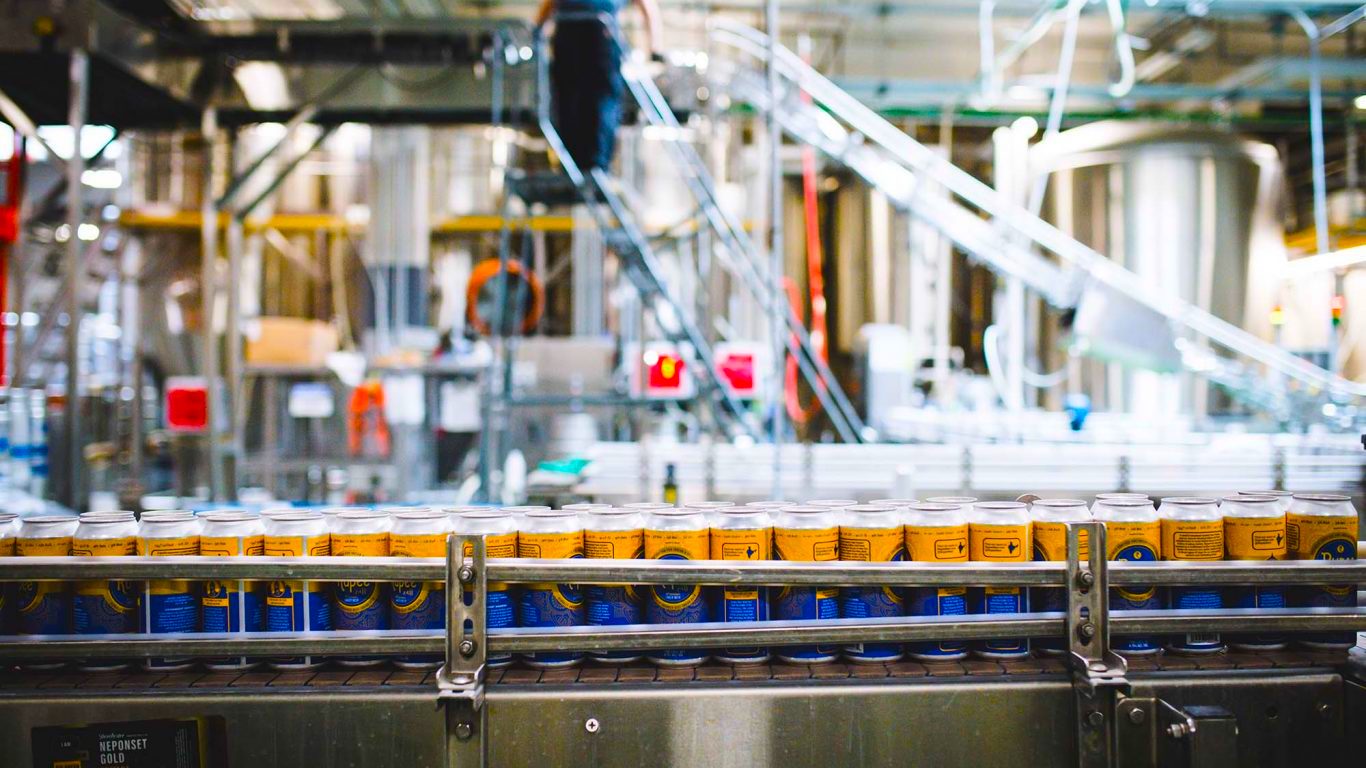 Packaging of Rupee Beer in progress[/caption]
Packaging of Rupee Beer in progress[/caption]
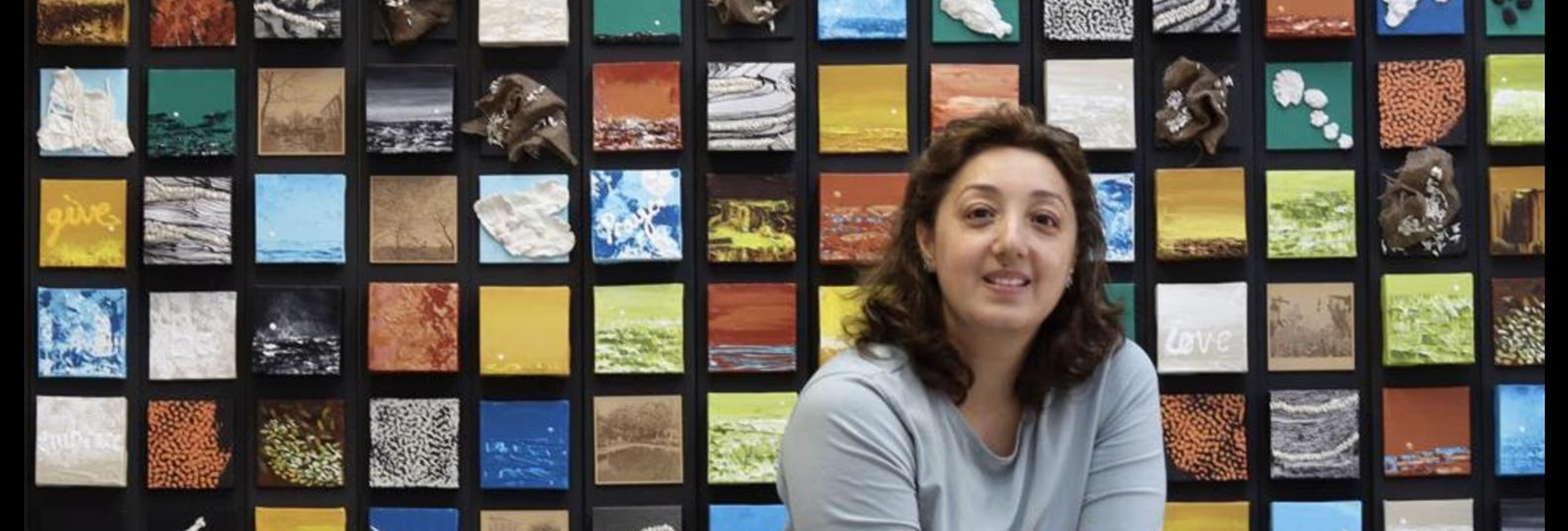

 Revati's artwork, "Fleeting Glimpses in Delhi"[/caption]
Revati's artwork, "Fleeting Glimpses in Delhi"[/caption]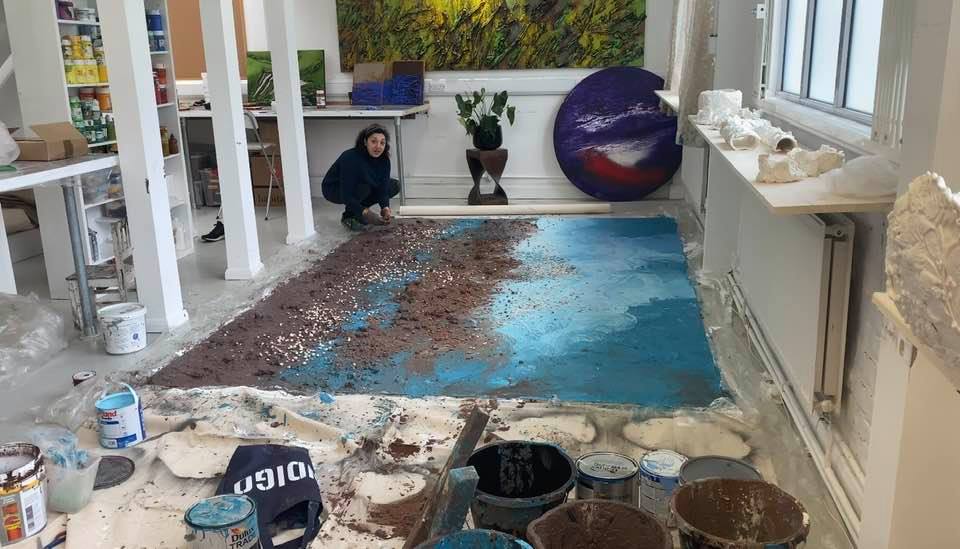 Revati is working on several pieces for various international art festivals[/caption]
Revati is working on several pieces for various international art festivals[/caption]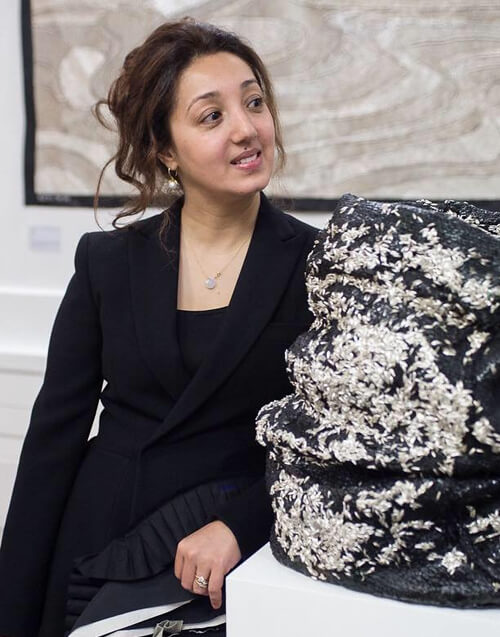

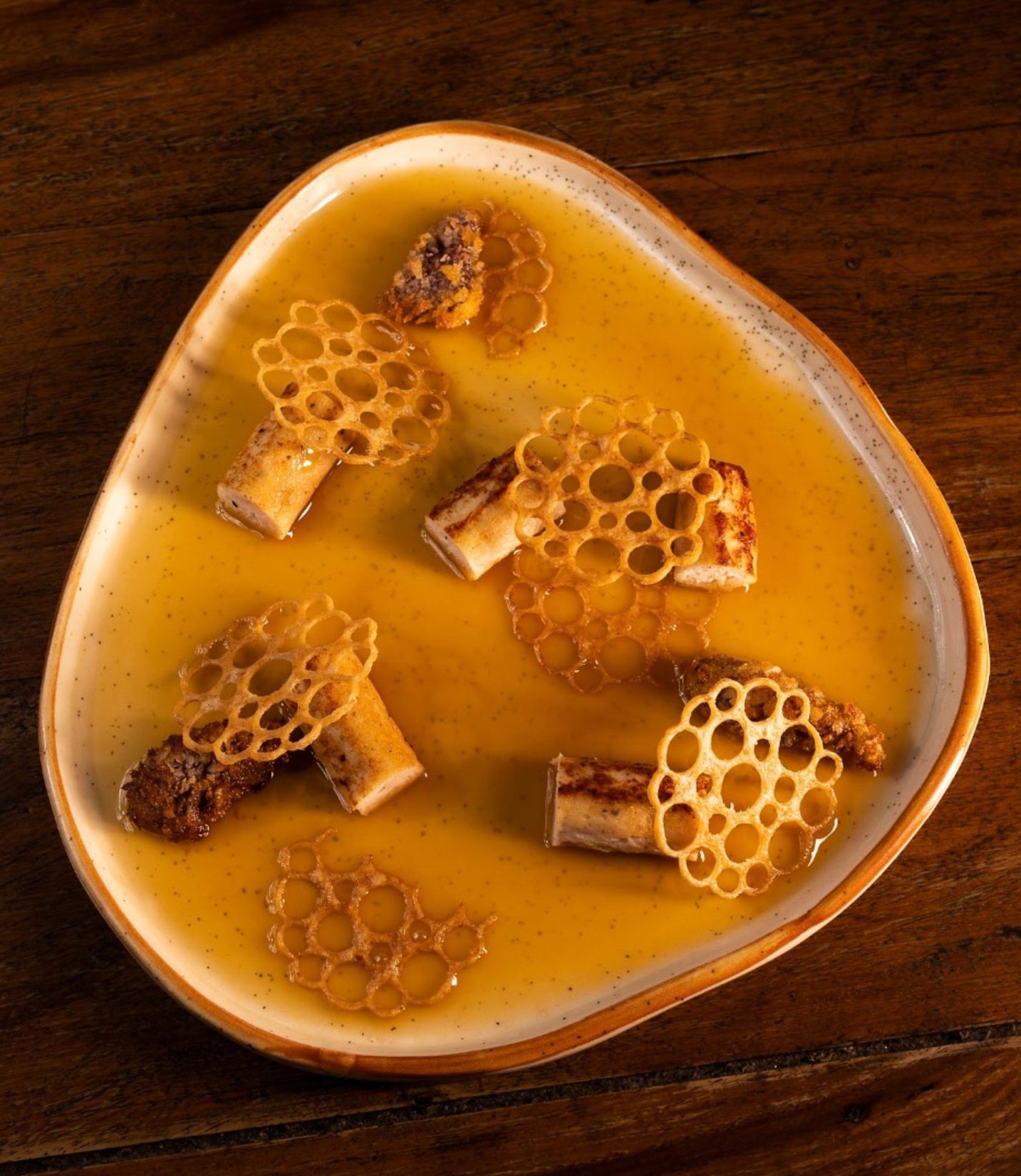
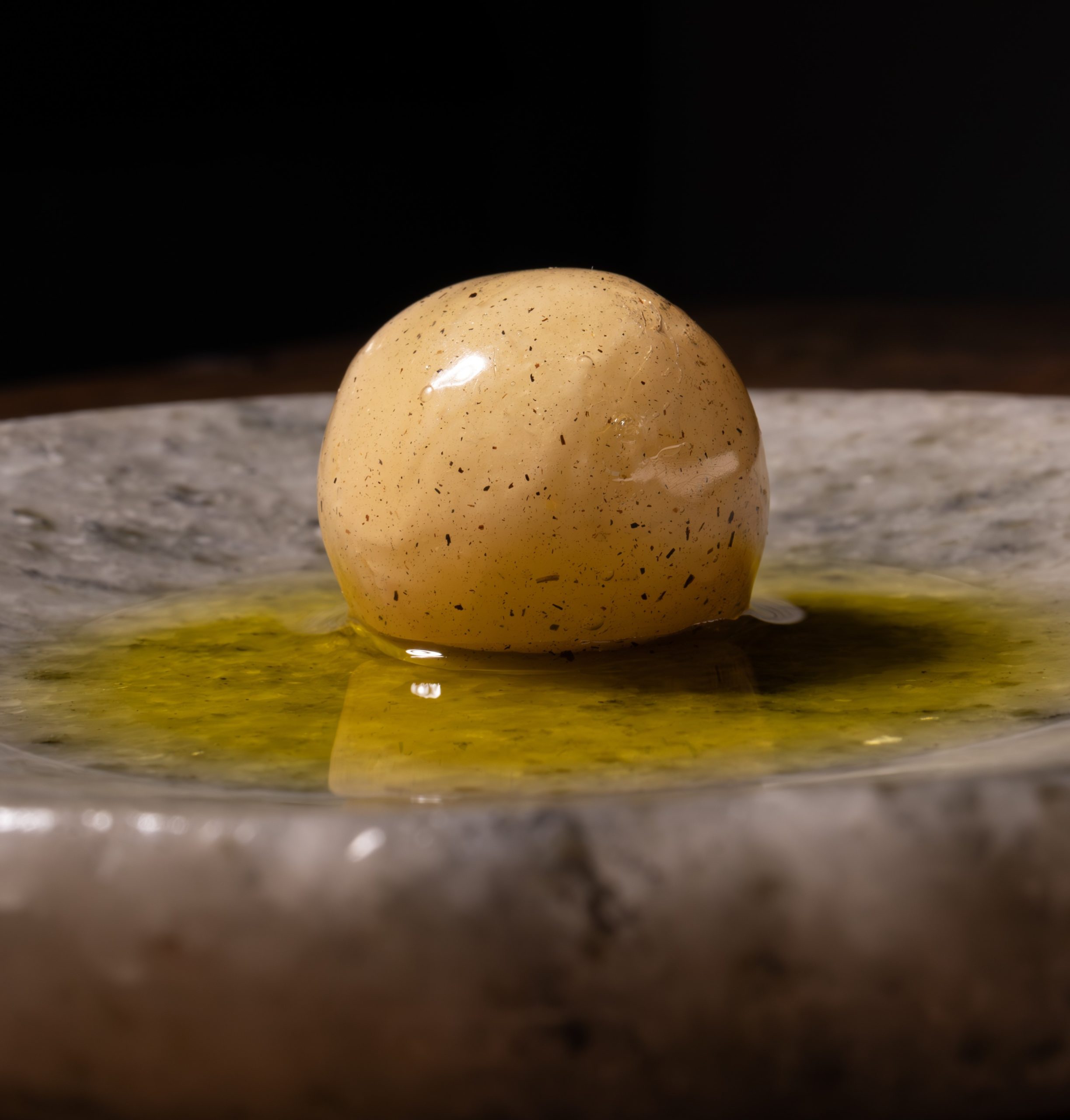 Meha's potato dish which has a translucent jellified membrane of the tuber speckled with onion ash and a French potato cream filling inside.[/caption]
Meha's potato dish which has a translucent jellified membrane of the tuber speckled with onion ash and a French potato cream filling inside.[/caption]